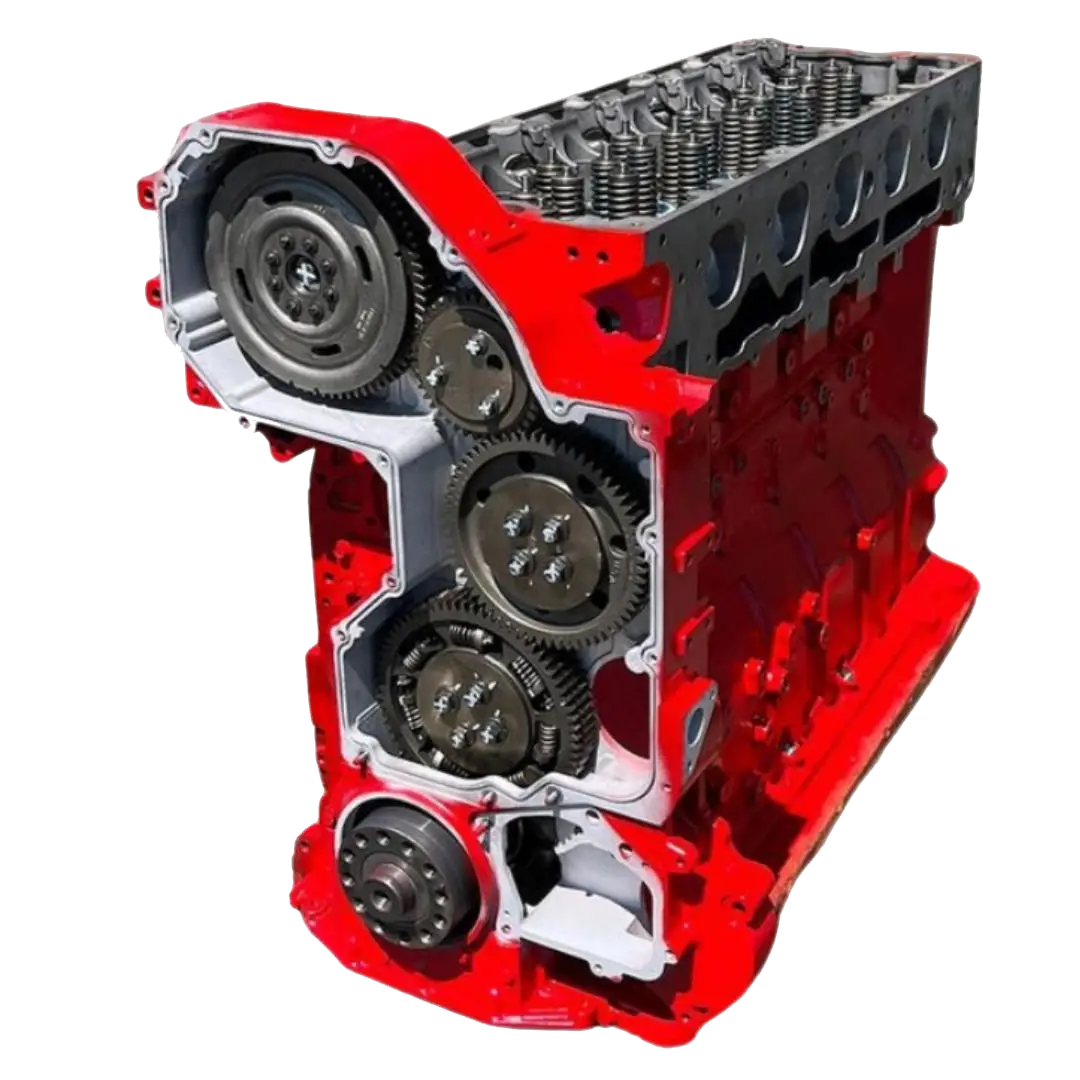Why purchase through Capital Reman Exchange:
- Get Back Quickly – no time wasting
- Save 47% on Average Over Dealers
- Same OEM and Aftermarket Parts as Dealers

Cummins launched the ISX15 in 2003. The 912 cubic inch (14.9L) inline-6 was developed to meet the stringent emission standards that were coming. The ISX15 became one of the most reliable Class 8 diesel engines in modern history.
The ISX15 has retained its reputation for durability and even the promise of going 1 million miles before overhaul. It is also one of the most fuel-efficient engines in its class and many would argue the ISX15 is one of the most fuel-friendly over-the-road diesels ever produced. Over the course of its long production run, exhaust gas recirculation (EGR), a diesel particulate filter (DPF), and selective catalytic reduction (SCR) were all added to the ISX15.
The current ISX EPA 2010 version is known as ISX15 CM2250. It features enhanced exhaust gas recirculation, diesel particulate filter, and selective catalytic reduction (SCR), also known as urea injection. SCR consists of a diesel exhaust fluid (DEF - composed of urea and water) injection system: holding tank, pump, controller, and injector and an SCR catalyst brick. DEF is heated, pumped and injected into a decomposition tube which then reacts with the exhaust reducing NOx.
The ISX15 CM2250 and CM2350 has eliminated the injector camshaft with the common rail fuel system in which the fuel is pressurized from a high pressure, multiple piston pump, transferred through tubing to a rail where fuel is stored under extremely high pressures up to 35,000 psi.
In 2008, Cummins unveiled the ISX CM871, this engine featured a Diesel Particulate Filter (DPF) which trapped the particulate matter or "soot" produced in the engine. With the help of the Diesel Oxidation Catalyst (DOC) the soot trapped in the DPF is oxidized and turned to ash during a process called regeneration.
In 2002, the ISX CM870 brought cooled exhaust gas recirculation (EGR) which takes exhaust gas and recirculates it back into the intake of the engine lowering the combustion chamber temperatures limiting the formation of NOx.
The Cummins ISX Engine first debuted in 2001 replacing the popular N14 Series. The Cummins N14 was a fantastic engine and beloved by diesel fans for many years. The only reason for the discontinuation of the engine was the EPA passed stricter emissions regulations that made the N14 outdated. The ISX was originally called the “Signature” series due to the revolutionary fuel system known as the “Interact System” The IS in ISX stands for the Interact System and is in use for on-highway applications. Consequently the QSX or “Quantum System” is used in off-highway applications of the engine such as industrial, generators, pumps, oil & gas, agriculture and marine engines.
This informative video from IPD explains various precautions when working on the Cummins ISX or QSX Engines. The older Cummins ISX dual cam design poses some interesting challenges when doing an engine overhaul. The exposed oil port openings pose a real threat to contamination of the bearings with dirt and debris. Dirt is the number cause of engine failure.
The first Cummins ISX engine was produced in 1998 and Capital Reman Exchange is proud to offer support for the Cummins brand workhorse. Wheter you have a heavy duty truck application, mining or power generation application, Capital Reman Exchange has the ability and expertise to offer the Cummins ISX Engine and parts